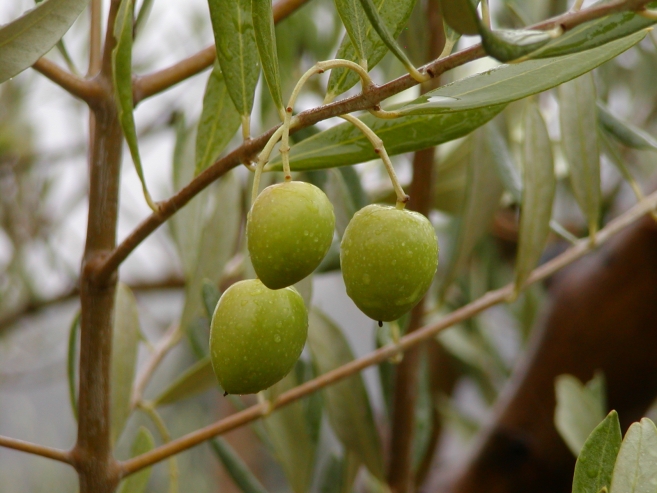
The Olive Oil Commission of California Calendar
For olive oil producers, late fall is a rewarding, but busy, time of year. By now, the hard work of harvesting olives is nearing completion and most of the oil has been milled and is resting in tanks. The fresh, spicy olio nuovo is gracing the holiday table and making everything taste better. Soon the first of the regular release oil will be bottled and the 2015/2016 California olive oil season begins.
With the creation of the Olive Oil Commission of California and its mandatory government sampling program, a whole new set of activities has been added to our calendars for the coming year. To help producers comply with the new requirements for sampling and testing of olive oil, the OOCC Board has put together a quick reference Checklist and Timeline. It can be found in the For Our Members section of the Olive Oil Commission of California website. It looks likethis:
You can quickly see that during the September through January time period, olive oil is being harvested and milled. During this time, handlers should also prepare for testing by establishing lots for the year’s production.
In December, auditors from the California Department of Food and Agriculture will begin taking samples of handler olive oil lots. These will be sent for sensory and chemical analysis to the Australian Oils Research Lab. This lab, which is the New South Wales government’s accredited third-party laboratory located in Wagga Wagga, Australia, has been selected by the OOCC to analyze the samples collected by CDFA auditors for the season.
During this same time frame, handlers are also required to sample and test their own olive oil. Pease note that the OOCC website includes a Tank Sampling Guidance Document to ensure handlers are sampling according to OOCC specifications. All samples must be collected before February 1, 2016.
Before the end of January, all California olive oil handlers must notify the OOCC of the volume they expect to produce for the season. Handlers who process 5,000 gallons or more are subject to the OOCC regulations and must pay a mandatory assessment set by the Board at 14 cents per gallon for the 2015/16 season. Handlers who produce less than 5,000 gallons will not be assessed, but they must apply for a waiver from the OOCC.
Between February 1 and March 1, 2016, handlers subject to the OOCC regulations must compile their sampling and testing results for submission to the OOCC. By March 15, 2016, results of the samples collected by government auditors will be compiled and reported to handlers. Assuming the handlers own testing results are in line with the government sampling analysis, the handler may bottle and label the product. If there is a discrepancy, handlers may appeal the OOCC sampling results and olive oil can be retested. But at the end of the day, the OOCC sampling results must be reflected on labels of California olive oil.
It’s important that all members of the California olive oil industry familiarize themselves and understand the new OOCC requirements. Additional resources are available in the For Our Members section of the OOCC website.
California olive oil producers should also mark their calendars and plan to attend the special Olive Oil Commission of California Informational Meeting scheduled for January 13, 2016 from 1:00 to 5:00 p.m. at the California Farm Bureau Federation office in Sacramento. More information on this event will be provided soon, but we are planning an interesting program which will include an overview of the OOCC testing program and a Q&A regarding the practical application of test information for producers. We hope to see you there. In the meantime, we wish you the best of luck with the remainder of your olive oil harvest!
